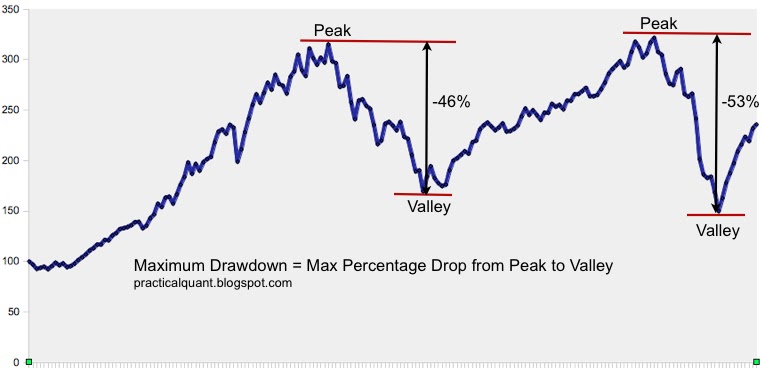

The 60/40 portfolio is the ultimate passive, set-it-and-forget-it investment strategy. When rates push off from ultra-low levels, the 60/40 portfolio is liable to experience more of the same abysmal performance being experienced today. But after that, further gains will be limited, while downside risk will be incredibly high. One could certainly achieve a nice, one-time return from bonds if rates do fall back toward zero. Thus, there is limited upside left to be gained from bonds in aggregate. This scenario would manifest if the secular inflation thesis proves correct and the Fed has to keep hiking rates aggressively to combat it.įinally, rates dropping back toward zero would produce a great result for the 60/40 portfolio, but for how long? Can US interest rates sustainably go below zero? That seems unlikely for as long as the USD remains the world's primary reserve currency.

Rates almost never stay rangebound for very long, so that does not seem like a likely scenario in any case. The first two scenarios would be bad for stocks, while the second scenario would be bad for both stocks and bonds. And yes, interest rates were far higher in the early 1980s, but total debt was 1/10th the level it is today.Īt this point, long-term interest rates could do one of three things: Long-term interest rates might be only marginally higher than they were in 2018, but total public and private debt is 30% higher. One must look at the level of rates relative to the level of debt in the economy. One can't look at interest rates in a vacuum to measure their level. And though long-term interest rates are still somewhat low from a historical perspective, the total debt in the US economy (public and private) has never been higher. This year has been an extreme outlier because of the speed at which interest rates have soared higher.


Since 1976, there has been only one other year in which both stocks and bonds generated a negative return. It's unclear whether the above image shows returns on a price basis alone or a total return basis, but either way, the 60/40 portfolio has only performed worse two years in recorded history, and both of them were during the Great Depression. However you measure it, 2022 has so far been among the worst years of performance for a 60/40 portfolio ever recorded. On a total return basis, the 60/40 portfolio is helped by income only a little bit, producing -15.7% YTD. If we move beyond price basis alone to total returns (including dividends and interest income), the 60/40 portfolio's performance marginally improves, but neither stocks' average dividend yield nor bonds' average interest yield are enough to make much of a difference. But if we were to do a 60/40 portfolio where the bond segment is made up of long-term Treasuries, such as can be found in the Vanguard Extended Duration Treasury ETF ( EDV), the 60/40 portfolio's price performance would drop to an abysmal -25.1% year-to-date. This uses the aggregate bond market, including both public and private debt. On a price basis alone, the 60/40 portfolio is down 16.7% so far this year. This has led to an extremely rare occurrence in the markets: both stocks ( SPY) and bonds ( AGG ) are down by double-digits this year. Then interest rates hit zero (or close to it), leaving little further room for interest rates to compress.Īnd then inflation took off, causing interest rates to chase after them to the upside. The whole idea behind passively holding a portfolio of 60% stocks and 40% bonds, usually through one or a few low-cost funds, is that the majority stock exposure will give ample upside during bull markets while the minority bond exposure will provide some upside (or at least downside protection) during bear markets.įor decades upon decades, this investment strategy performed more or less as expected. The 60/40 portfolio may have reached the end of its useful life as an investment strategy. Co-produced by Austin Rogers for High Yield Investor


 0 kommentar(er)
0 kommentar(er)
